Completing the hydroacoustic network – installation of HA04, Crozet Islands

Part of the Crozet team preparing the shore infrastructure.
The establishment of the HA04 station has been a landmark project for the CTBTO. Its completion is a great achievement and an important milestone in the build-up of the International Monitoring System.
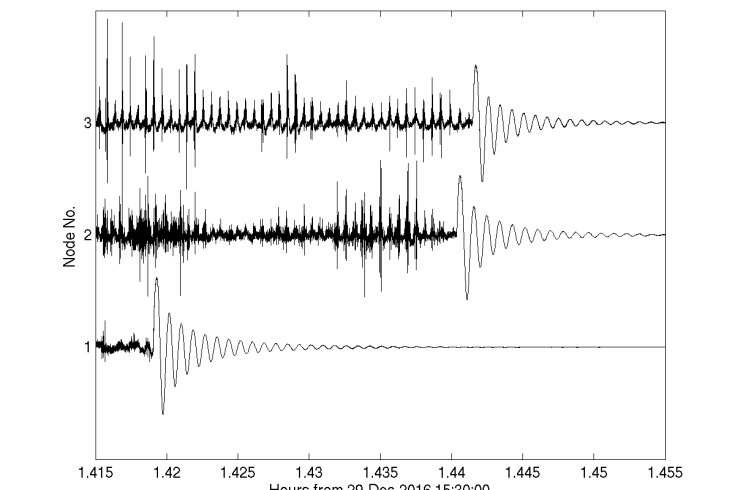
Data from the north “triplet” during deployment. HA04 uses six hydrophones (underwater microphones) – in sets of two “triplets” on either side of the island to monitor underwater sounds deep in the ocean.
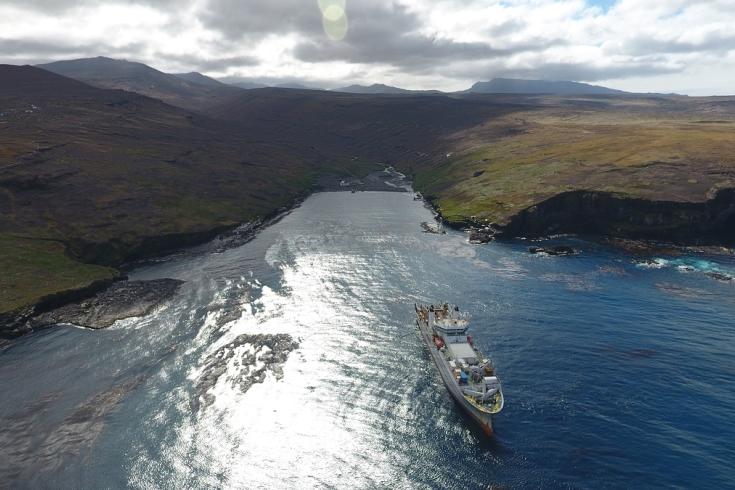
Installation of HA04 Hydroacoustic Station at one of the most remote places on earth was a challenging ocean engineering project and a complex logistical operation.

The cable ship “Decisive” was carrying six hydrophones and other equipment for installation of HA04 from Cape Town to Crozet Islands.
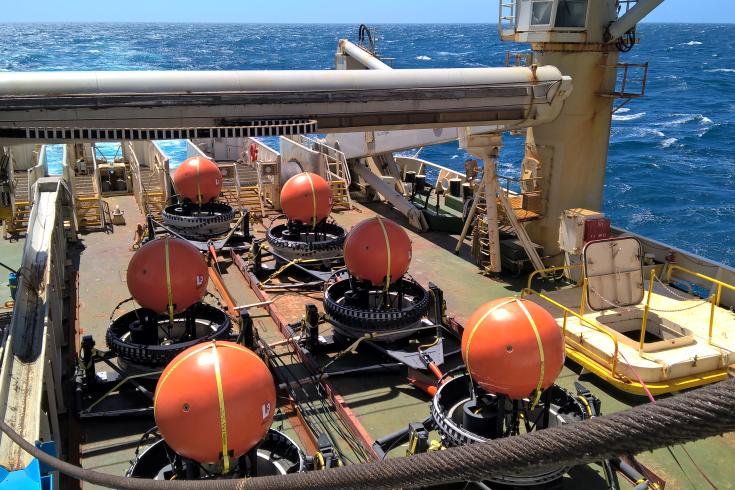
After crossing the Atlantic, the installation vessel departed on 13 December 2016 from Cape Town on route to Crozet Islands. During her rough voyage, the team aboard continued to test the underwater system.
The work done at HA04 station on Crozet constitutes not only a major technical success obtained in a challenging environment. It is also a remarkable achievement for the CTBTO and an example of an international endeavour to which France is proud to have contributed its expertise.
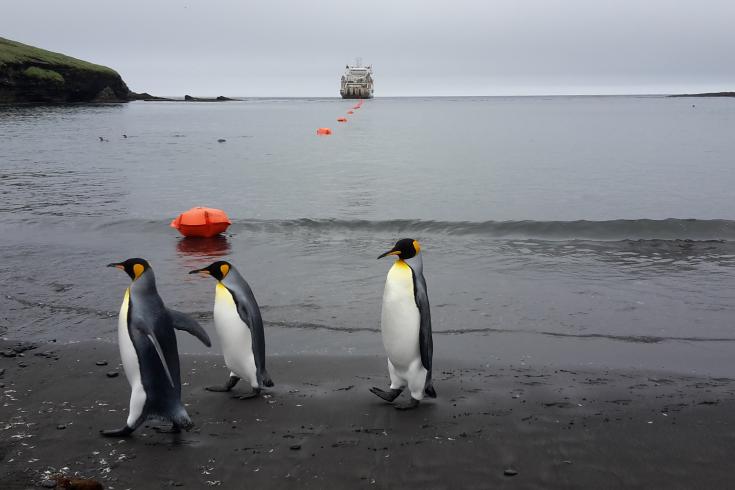
The Crozet Islands are home to thousands of king penguins.
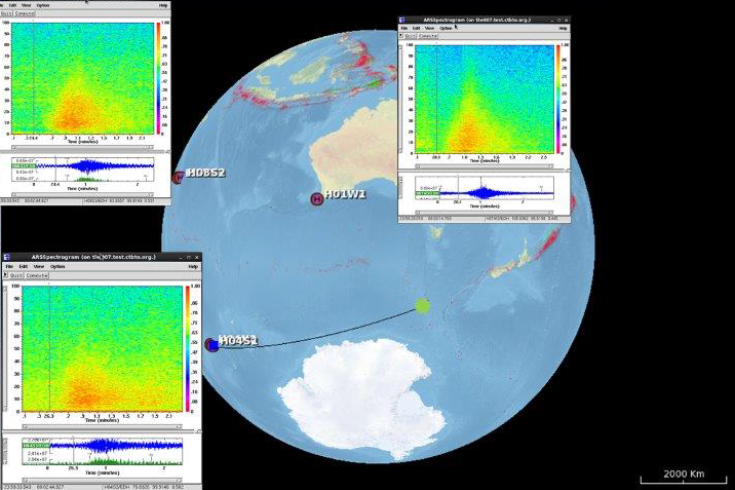
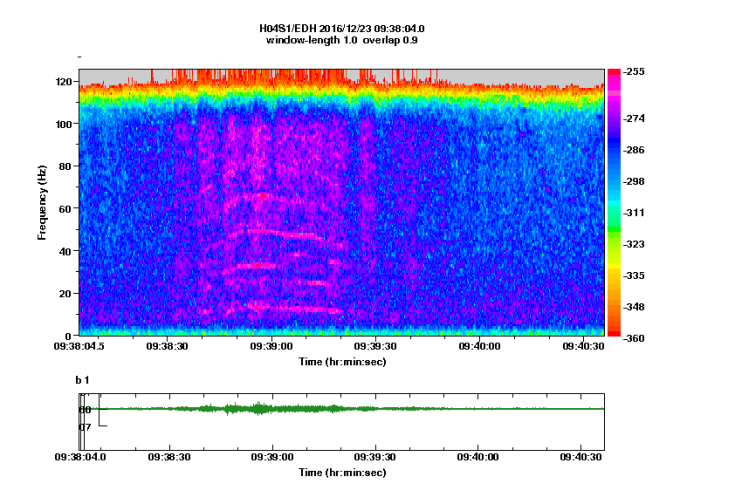
This project has been a fantastic human, scientific and technological endeavour. It required a steadfast commitment and persistency from all stakeholders, and hard work and dedication from the staff involved. I would like to thank in particular the continuous support and contributions that we have received from the governments of France and the United States, the French Austral and Antarctic Territories Administration (TAAF), and the French Atomic Energy Commission (CEA).
24 Jan 2017
